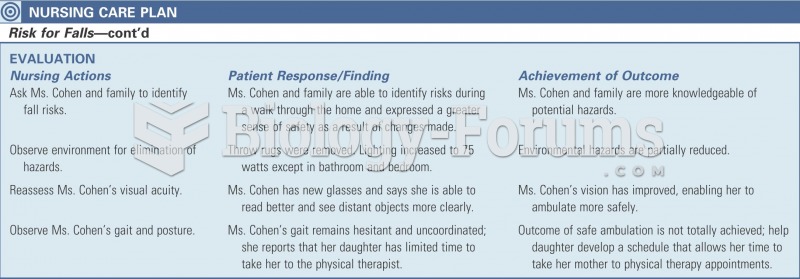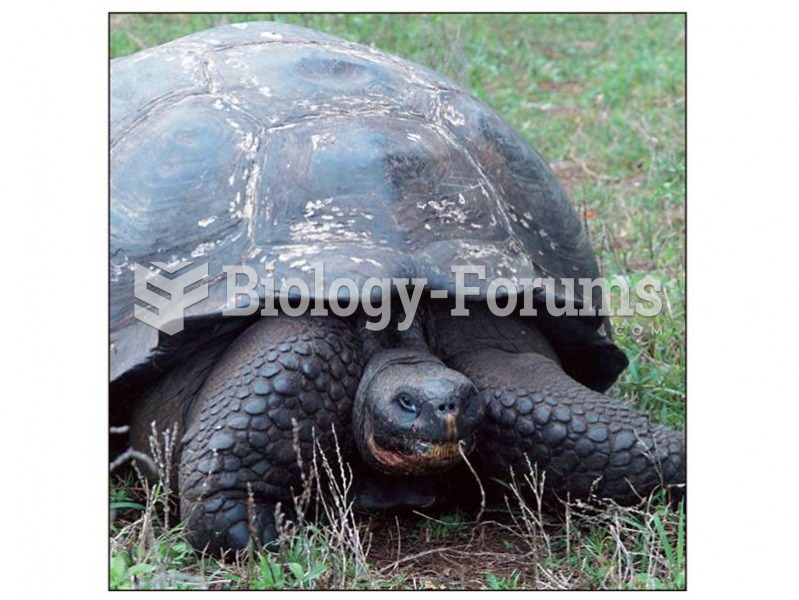Answer to Question 1
ANS: B
Circular questions are a form of focused questions, which give attention to the interpersonal context in which an illness occurs. These are used to explore the impact of a health disruption on family functioning and relationships with significant others. Tell me more about your falls at home is a focused question. Have you experienced dizziness and imbalance before? is a closed-ended question. Can you tell me what brought you here? is an open-ended question.
Answer to Question 2
ANS: C
Open-ended questions permit clients to express health problems and needs in their own words. They are especially helpful at the start of a relationship, when the nurse's objective is to gather information and to get to know the client as a person. You are more likely to elicit a client's values, preferences, and ways of thinking about their illness if you allow them latitude in telling their story through open-ended questions. Sharing the personal meanings of an illness rather than identifying a diagnosis or listing discrete symptoms helps the client and nurse link the context of a health disruption with symptoms and provides more complete information. An open-ended question is similar to an essay question on a test. It is open to interpretation and cannot be answered by yes, no, or a one-word response. Open-ended questions ask clients to think and reflect on their situation. They help connect relevant elements of the client's experience without influencing the direction of the response. (e.g., relationships, impact of the illness on self or others, environmental barriers, potential resources). Open-ended questions are used to elicit the client's thoughts and perspectives without influencing the direction of an acceptable response.







